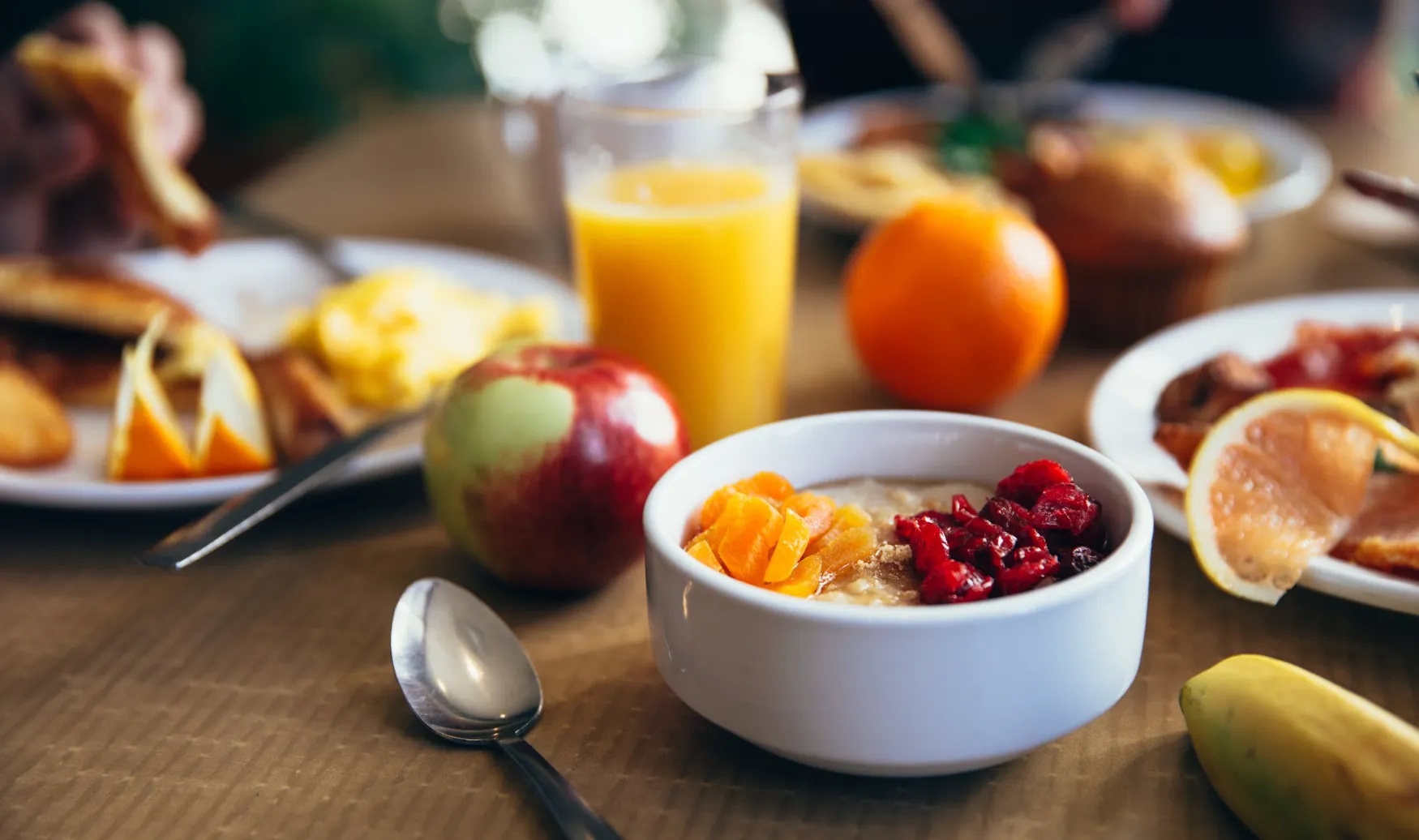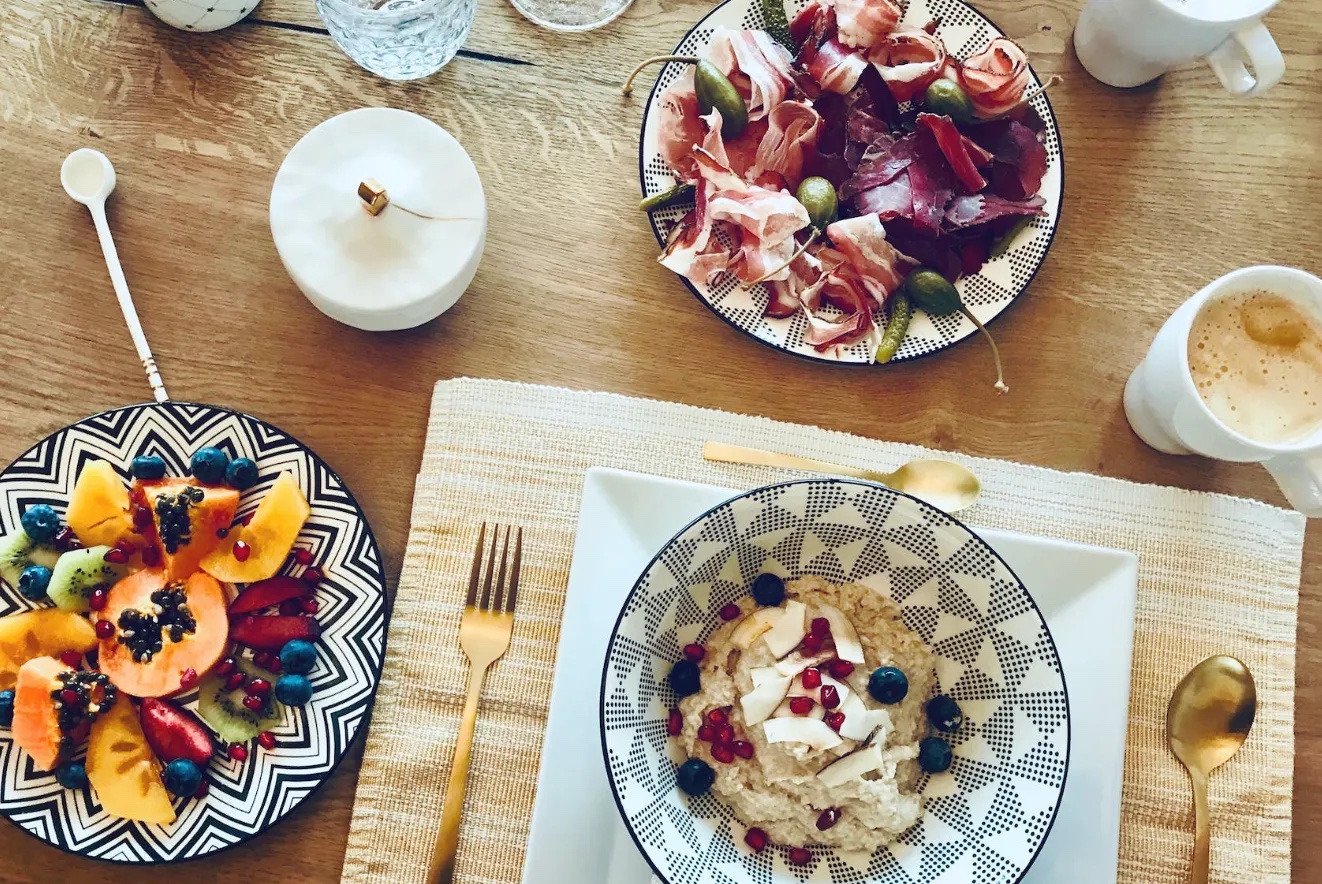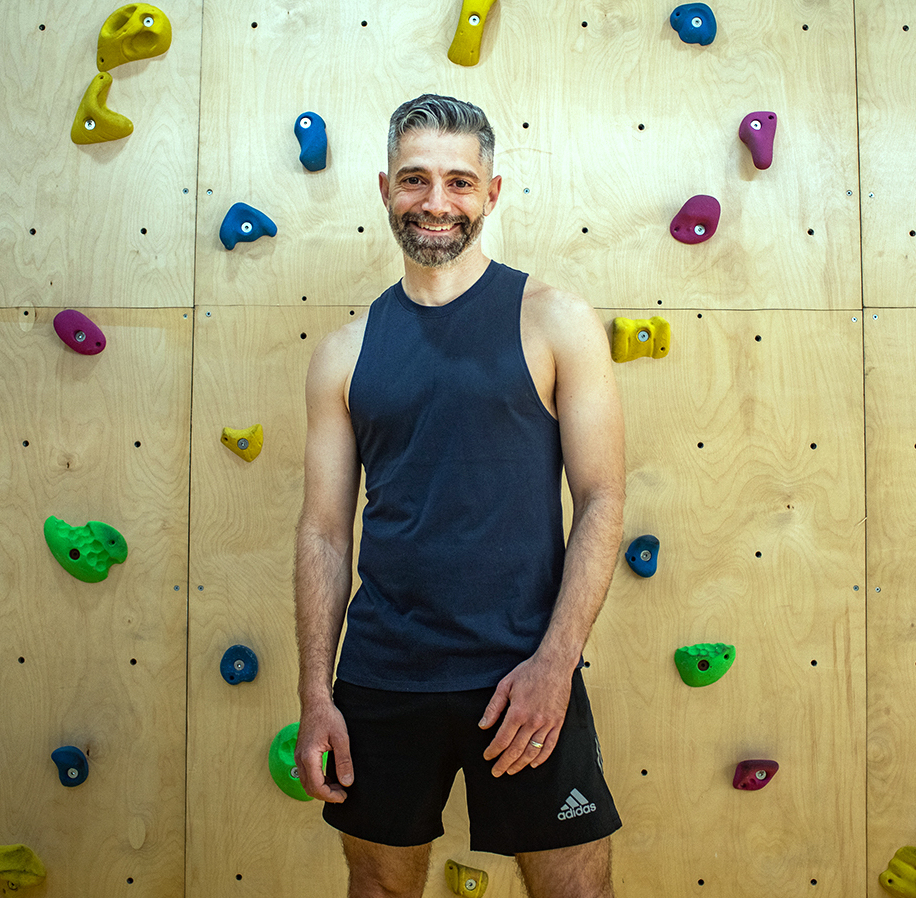It’s Time To Ditch The “Good Food, Bad Food” Mentality

Please Note: The contents of this post include complex nutritional information. Please be aware that the details on this post may be a potential trigger for those with disorders related to eating.
“Can I tell you what I ate yesterday so you can tell me why I can’t lose the weight that I have gained over the last 20 years?”
As a nutrition and fitness coach, I am constantly having conversations with people regarding the topics of food and exercise. Although no one has actually presented the question to me exactly as I have quoted above, that is pretty much the main idea. The statements I hear are almost always the same:
“I eat healthy foods,” says the woman who is pre-diabetic and isn’t mindful of her snacking.
“I am on a vegan/vegetarian/keto/low-carb diet, so I’m healthy but I’m not losing weight,” says the man who has been struggling for years trying to find a diet that works.
The biggest issue facing the general population is the lack of a basic understanding of nutritional science mixed with a constant stream of false marketing and social media posts that present contradicting information regarding the healthiness of foods and diets. I would like to take a moment to present some facts that are important to know before continuing to read this blog post.

1. A calorie (kcal or kilojoule) is a unit of measure of energy, just like miles and kilometers measure distance. There are no good calories or bad calories when speaking about weight loss or gain, but there are good/bad sources when talking about health.
2. Change in body weight is determined by either a caloric surplus or a caloric deficit. If no change is seen, it means you are at caloric maintenance, but may experience changes in body composition (ie. percentage of body fat). If you think you are in a deficit but not losing weight, you aren’t calculating your calories correctly (which is a topic for another blog).
3. There are 3 types of macronutrients: protein, carbohydrates, and fats. Each type plays a role in how the body uses those calories to create muscle, utilize them for daily metabolic needs, repair nerves and cells, or store energy in adipose tissue for later use.
Now that we have that out of the way, let’s start to answer the dilemma regarding what makes a certain food healthy or unhealthy and how we differentiate that from the Ate app’s “On-path/Off-path” feature.
I am a firm believer that the source of the calories and the proportions of the macronutrients will help determine where on the SPECTRUM of “healthy” and “unhealthy” your food belongs. I use the word spectrum because healthiness is not black and white, but contains many shades of gray in between. Typically, foods that are in their natural state such as fruits, vegetables, beans, nuts, seeds, whole grains, eggs, and quality cuts of meat or fish are considered on the healthier end of the spectrum. Highly processed items that contain added sugar, added flavors, preservatives, deep fried, or fast food mass-produced on an industrial level are typically on the unhealthy end of the spectrum. Most meals contain a mixture of these types of foods and can move up or down the spectrum depending on the specific ingredients we use to make them. My personal grocery shopping philosophy is that the majority of my purchases do not come from a box, regardless of where on the spectrum your food lies, remember that they all have calories.

Based on fact #2 from above, one can gain weight even when eating large portions of healthy foods and can lose weight when eating smaller portions of unhealthy foods. It all comes down to whether you are burning more calories than you are consuming. However, the type of macronutrient being consumed also plays a role in the “calories in/calories out” equation. Despite many years of debate between low-carb and low-fat dieters, recent meta-analyses have shown that neither diet leads to a significant difference in weight loss as long as protein consumption and overall caloric intake remain constant. Thus, the foods we eat might be healthy, but if we eat too much of them, it ceases to have any benefit.
Determining whether a food item is On-path or Off-path is an entirely different conversation because it is specifically tailored to an individual’s goals. I am currently coaching a menopausal woman who is overweight and an adolescent boy who is underweight. Their needs couldn’t be more different, and thus I have provided a customized description of their path based on the goals we want to reach. I also use the feature to reward positive behavioral changes such as eating whole grain rice instead of white rice or ordering a salad with a burger rather than fries. They are encouraged to be honest with themselves because it is a subjective assessment of their own progress and effort. Sometimes eating one scoop of ice cream can be On-path because normally they would have eaten 3, or eating a fruit salad can be Off-path because it doesn’t contain enough protein to aid in the goal of building muscle.
In conclusion, it is imperative to remember that there is no “best” diet plan nor is there a “superfood” that will miraculously cure all that ails you. The most important factor is just being consistent with whatever you decide to do and giving your best effort to reach your goals. If you “mess up” and go off your path, reflect on your experience, learn from your mistakes, and try to become a better version of yourself. If you are finding that too hard to do, there is no shame in asking for help from a coach that will hold you accountable.
DISCLAIMER: Each person is entirely unique in a plethora of ways. It is impossible for any person or coach to make general claims that apply to all 8 billion people on the planet. Please consult with a coach directly to receive feedback that is customized and tailored to your specific needs.
Tom Mourikis is the founder of AZLO Coaching, a nutrition and exercise service with a focus on mindfulness, education, and accountability. He has degrees in Movement Sciences and Physical Education, as well as certifications as a Nutrition Coach (NASM) and a Strength and Conditioning Specialist (NSCA). After having previously lived in Chicago, Athens, and Guangzhou, Tom currently lives in Lima, Peru, with his wife and 2yo son.
